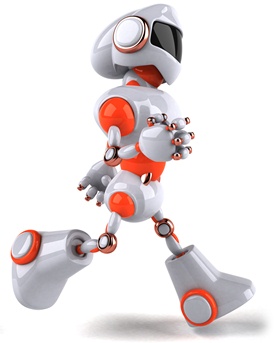Fields of competence

ROBOTNOR represents a unique synergy of academic and industrial expertise which allows us to counsel and comprehend a wide variety of tasks and projects. Our fields of competence are numerous and diverse.

Biped locomotion is a highly efficient method of locomotion, which allows robots to move over difficult terrain by mimicking human motion. The general basis of this system is a robot with degrees of freedom that mimics either humans or other bipeds. Developing mathematical models to describe the motions is an arduous, but far from impossible task. These models can form the basis of robot control systems and design. The efficiency of bipedal motion is best observed in passive systems, capable of moving with little to no input.
The analysis of human motion has direct impact onto development of robotic devices for rehabilitation applications. Understanding observed motion patterns, both healthy and degraded due to injury/stroke of patients, is of great importance for development of rehabilitation robots. The “motion control system” of a human is able to control a large variety of different coordinated movements of the trunk and limbs. An analysis of its features can be a source of valuable information for the development of trajectory planning algorithms for walking robots.